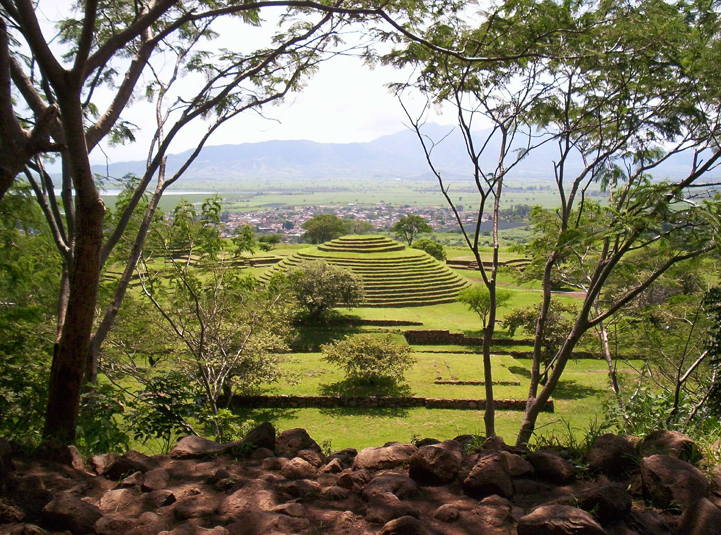Legend says that couples who kiss under the wedding band shaped archways of coral and stone called the Moongates will be assured of good fortune and happiness.

The archaeological site of Guachimontones, approximately one hour away from west of the city of Guadalajara in the state of Jalisco, was characterized by its peculiar architectural style of circulars pyramids, a unique culture in Mesoamerica for its type of construction and it was declared a UNESCO World Heritage Site.
The ruins predate the Incas and the Aztecs, and do not appear to have no Olmec influence, it is characterized by the construction of large circular buildings, known today as "guachimontones", which means place of guaje.
The archaeological site of Guachimontones was the governing center of the Teuchitlan tradition, which was discovered in 1970 although the excavations began in the 1990s at this site with enigmatic conical staggered structures surrounded by a circular courtyard.
They also include a Ball Game, several terraces, buildings and burial crypts.
Guachimontones covers a large area but what has been restore and explore is not very large, but it requires at least mid-morning to tour some of their ceremonial circulars centers, the corridors, ball games, squares and terraces crops covered by greenish plants.
As the story goes, it was created in order to have a political center and a place to worship the gods and it is believed that such structures were used to honor the God Ehecatl, in the ceremony called the Flyer, which still exists and consists of five men climbing a wooden pole of which four men they descend to the floor tied with ropes, while the fifth stays on the top, dancing and playing music with a drum and a flute.
In this archaeological site has been created the Interpretation Center of Guachimontones Phil Weigand, composed of a large mural at the entrance of the building, and also it has rooms for workshops, exhibitions and models of the site in relief.
From July to November is the best season to go, as everything is greener.

Legend says that couples who kiss under the wedding band shaped archways of coral and stone called the Moongates will be assured of good fortune and happiness.